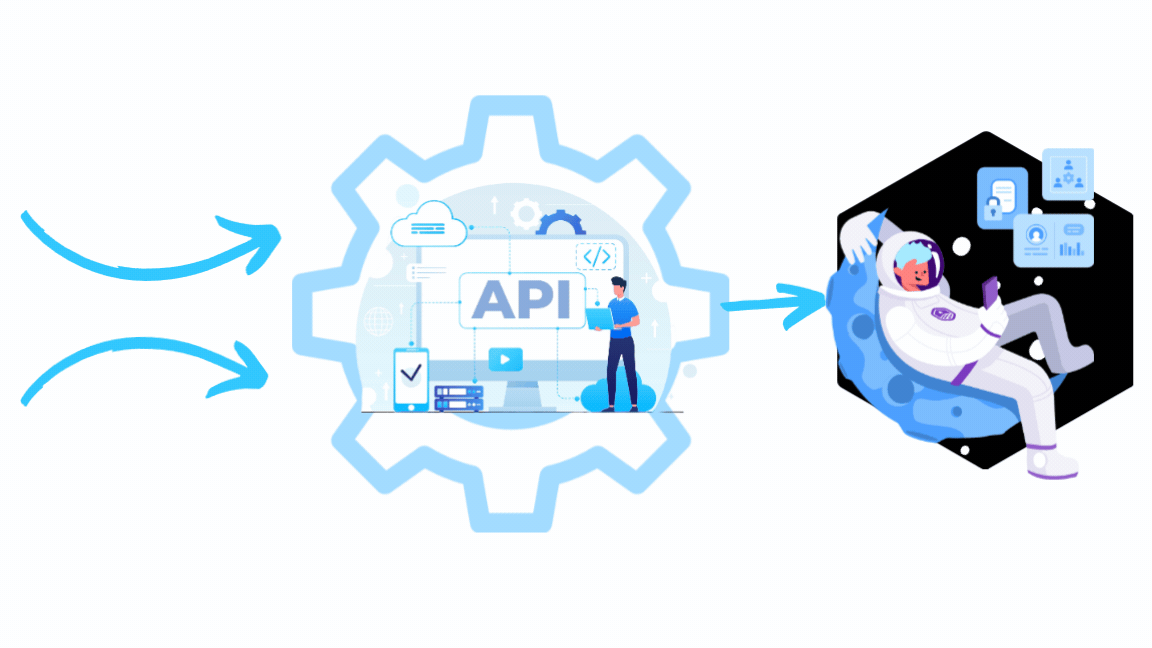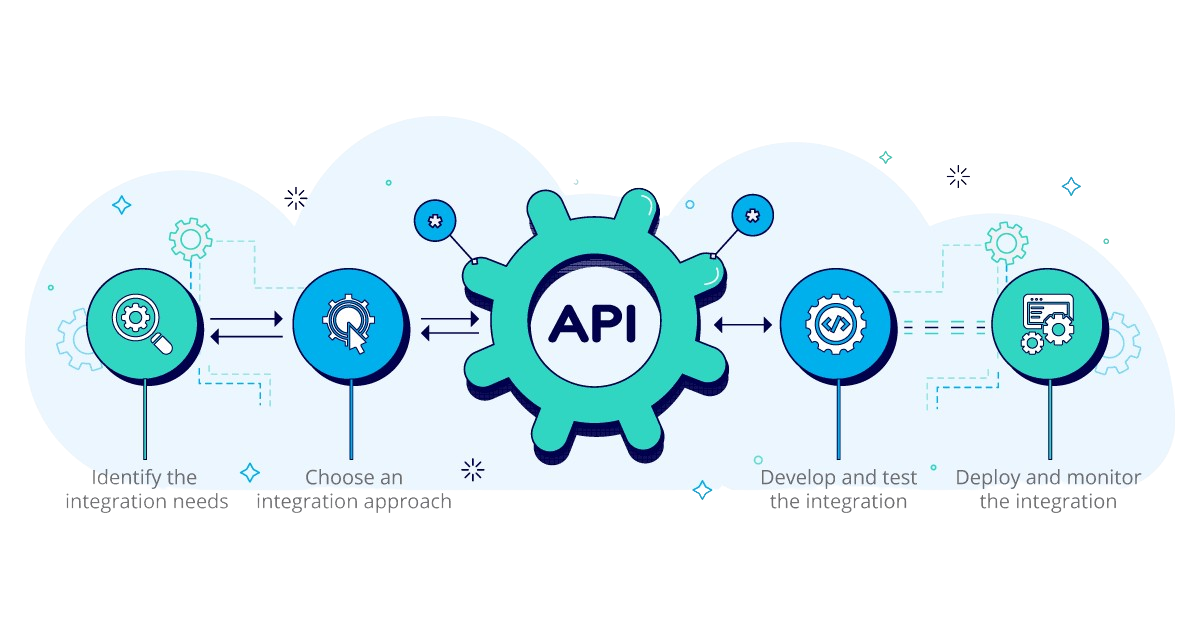Talenox Malaysia is a cloud-based Human Resource Management System (HRMS) designed to simplify and automate HR processes for businesses of all sizes in Malaysia.
DapatGaji and Teliti.io sought to streamline their payroll and HR processes through integration with Telenox, a leading HR and payroll platform. As their trusted service provider, Mayvenr facilitated this integration, enhancing their operational efficiency and employee satisfaction.
DapatGaji and Teliti.io sought to streamline their payroll and HR processes through integration with Telenox, a leading HR and payroll platform. As their trusted service provider, Mayvenr facilitated this integration, enhancing their operational efficiency and employee satisfaction.
Mayvenr assisted in integrating DapatGaji with Talenox by enabling seamless account connections setup and allowing real-time update of Earned Wages Access (EWA) transactions to Talenox.
Mayvenr assisted Teliti.io by implementing an integration where employee accounts created in Teliti.io are automatically linked to Talenox, streamlining the process and enhancing data synchronization between the two platforms.


The initial phase of API integration begins with assessing the business's integration requirements. This entails identifying the applications that require integration, specifying the data to be exchanged, and outlining how the integration will enhance operational workflows.
After identifying the integration requirements, the next step is selecting an integration strategy. This may include opting for pre-built integration solutions, developing custom integration solutions, or utilizing a blend of both approaches.
Once an integration approach has been selected, the subsequent step is to implement and test the integration. This phase includes coding to enable communication between various applications via their APIs, as well as conducting thorough testing to verify the integration functions properly and ensures accurate data sharing.
Once the integration has been created and tested, the next step involves deploying it into the production environment. It is crucial to monitor the integration closely to confirm its proper functionality and promptly address any identified issues.
Tell us about it. We would love to learn about your goals and brainstorm ideas together.